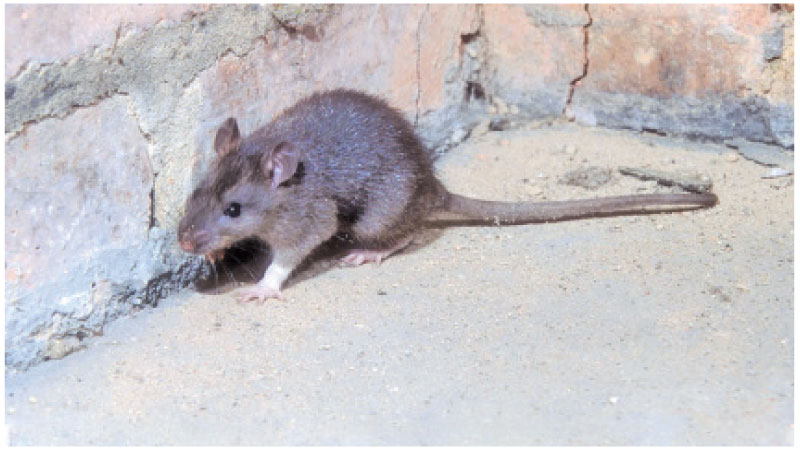Sri Lanka is grappling with health challenges following Cyclone Fengal, as prolonged heavy rains and flooding have led to an increase in leptospirosis (rat fever) cases and raised concerns about dengue outbreaks. The Ratnapura district, historically a hotspot for leptospirosis, has reported 1,882 cases and 22 deaths this year, making it the worst-affected region in Sri Lanka. High-risk areas within the district include Eheliyagoda, Kiriella, Elapatha, Pelmadulla, Opanayake, Nivithigala, Kalawana, and Kalthota. Untreated leptospirosis can lead to organ failure in the kidneys, heart and brain. Health authorities recommend that people at risk, particularly those engaged in fieldwork, take Doxycycline as a preventive measure.
Exacerbated by floods
The spread of leptospirosis has been exacerbated by flooding, with cases surging during the rainy seasons. The Gampaha district alone has reported over 500 cases and 35 fatalities this year.
As floodwaters recede, the risk of dengue could escalate due to water puddles and waste accumulation in residential areas, schools, construction sites, and religious places. Dr. Lahiru Kodittuwakku of the National Dengue Control Unit (NDCU) emphasised the importance of post-flood environmental cleanup to eliminate potential mosquito breeding grounds. Although the number of dengue cases and fatalities in 2024 is lower compared to last year — around 40,000 cases and 21 deaths reported so far — health authorities warn of a spike in cases due to the North-Eastern monsoon.
Three-day cleaning campaign
The NDCU has launched a three-day cleaning campaign and health education drive, particularly targeting the Northern and Eastern Provinces affected by recent adverse weather.
Dr. Kodittuwakku called upon the public to seek medical attention if fever persists for more than 48 hours, as early symptoms of dengue and other viral fevers can be indistinguishable.
With the combined threats of rat fever and dengue looming large, health authorities stress the importance of vigilance, environmental hygiene, and timely medical intervention to prevent further outbreaks.
In the meantime, air quality in Sri Lanka’s atmosphere is at risk level, according to the Air Quality Index (AQI).
Jaffna, Kilinochchi, Trincomalee, Puttalam, Dambulla, Matale, Negombo, Kandy, Colombo, Ratnapura, Ambalangoda, and Galle have been identified as having harmful air pollution levels.
These areas will have poor air quality, and people with respiratory disorders should take precautions such as wearing masks and staying indoors.









